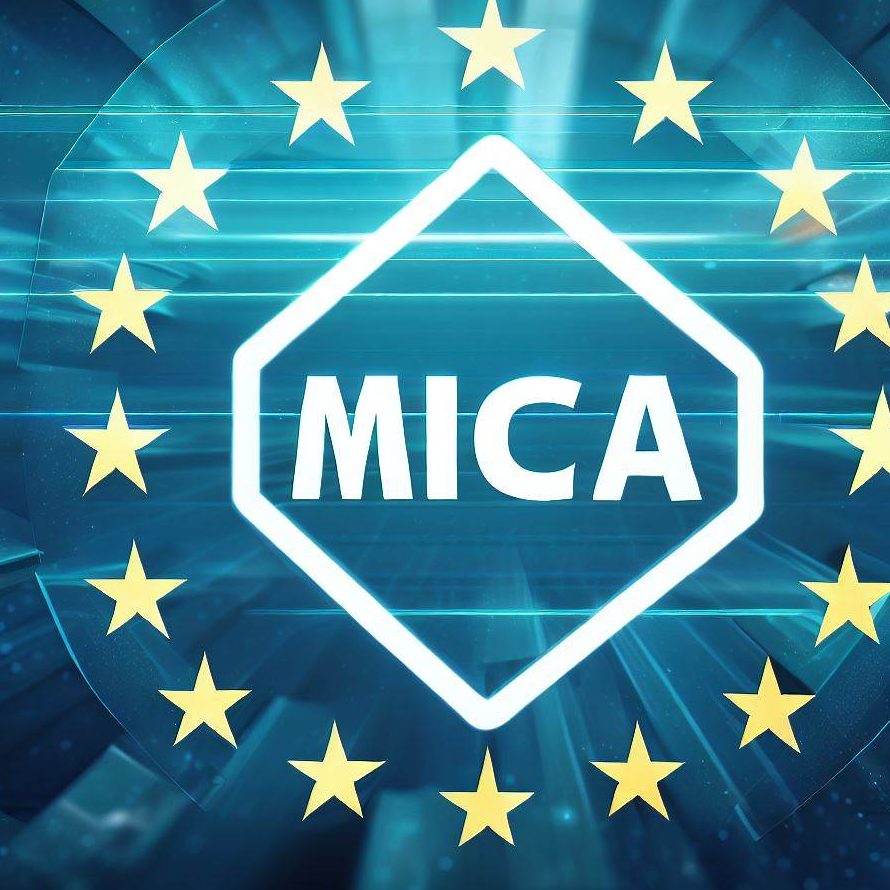The European Union has recently taken a significant step towards regulating the cryptocurrency market with the adoption of the Markets in Crypto-Assets (MiCA) regulatory framework. This comprehensive set of regulations, which was signed into law on May 31st, aims to provide legal certainty for crypto-assets not covered by existing EU legislation.
MiCA establishes harmonized rules for crypto-assets at the EU level, covering issuers of unbacked crypto-assets, so-called “stablecoins”, as well as trading venues and wallets where crypto-assets are held. The goal of this regulatory framework is to protect investors and preserve financial stability while allowing innovation and fostering the attractiveness of the crypto-asset sector.
Recent developments in this rapidly evolving sector have confirmed the urgent need for an EU-wide regulation. MiCA will better protect Europeans who have invested in these assets and prevent the misuse of crypto-assets while being innovation-friendly to maintain the EU’s attractiveness. This landmark regulation will put an end to the crypto wild west and confirms the EU’s role as a standard-setter for digital topics.

MiCA will protect consumers against some of the risks associated with investing in crypto-assets and help them avoid fraudulent schemes. Currently, consumers have very limited rights to protection or redress, especially if transactions take place outside the EU. With the new rules, crypto-asset service providers will have to respect strong requirements to protect consumer wallets and become liable in case they lose investors’ crypto-assets.
MiCA also covers any type of market abuse related to any type of transaction or service, notably for market manipulation and insider dealing. Actors in the crypto-assets market will be required to declare information on their environmental and climate footprint. The European Securities and Markets Authority (ESMA) will develop draft regulatory technical standards on the content, methodologies, and presentation of information related to principal adverse environmental and climate-related impact.
Within two years, the European Commission will have to provide a report on the environmental impact of crypto-assets and the introduction of mandatory minimum sustainability standards for consensus mechanisms, including proof-of-work. To avoid any overlaps with updated legislation on anti-money laundering (AML), which will now also cover crypto-assets, MiCA does not duplicate the anti-money laundering provisions as set out in the newly updated transfer of funds rules agreed on June 29th.
In conclusion, MiCA represents a significant step towards regulating the cryptocurrency market in the European Union. By providing legal certainty for crypto-assets not covered by existing EU legislation, this regulatory framework aims to protect investors, preserve financial stability, while allowing innovation and fostering the attractiveness of the crypto-asset sector.
